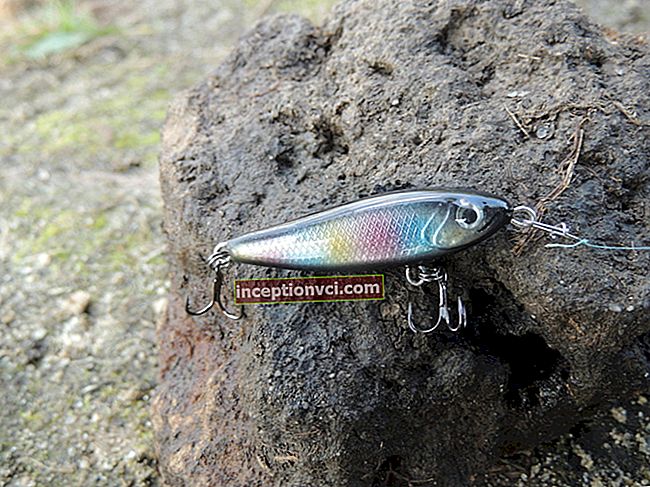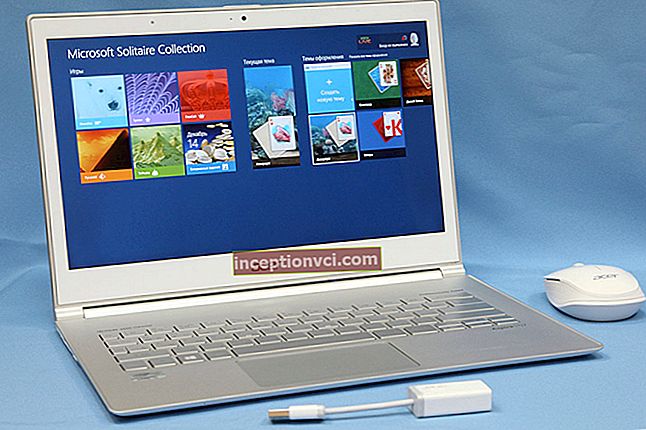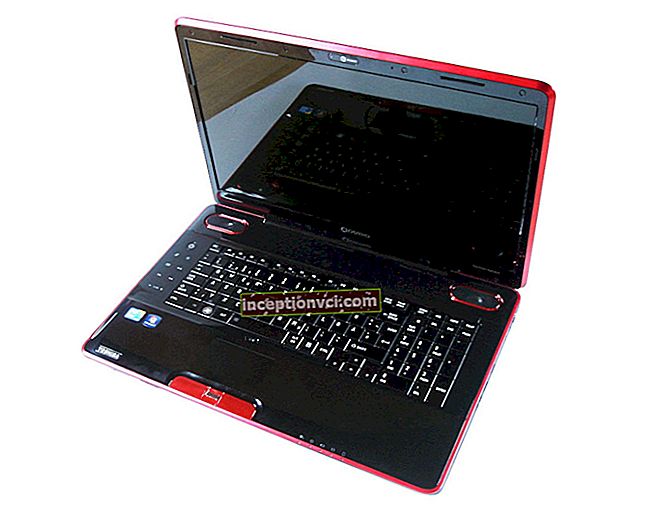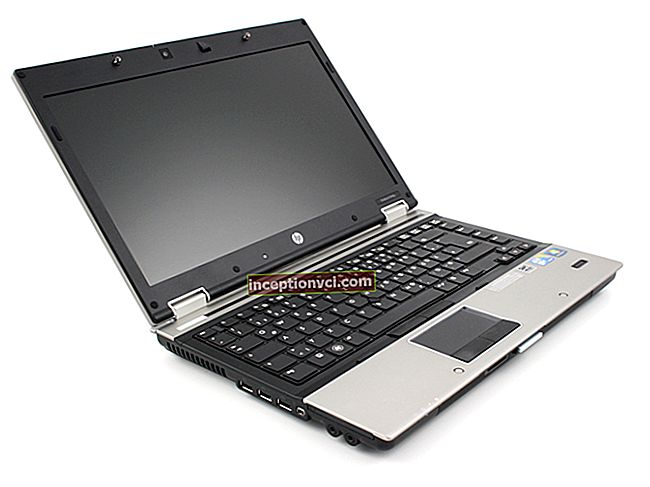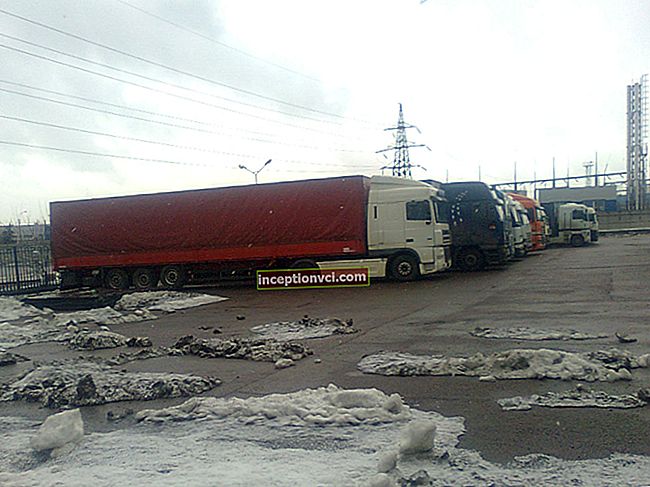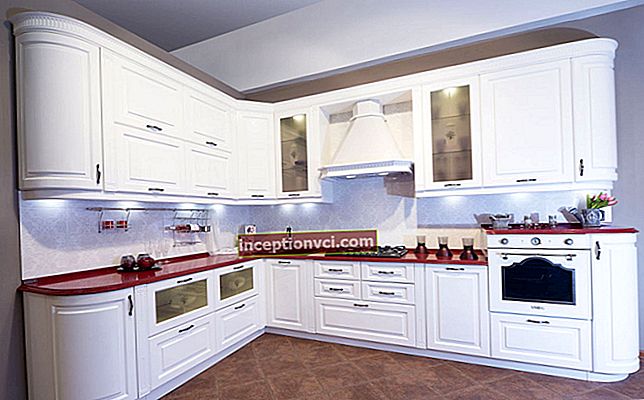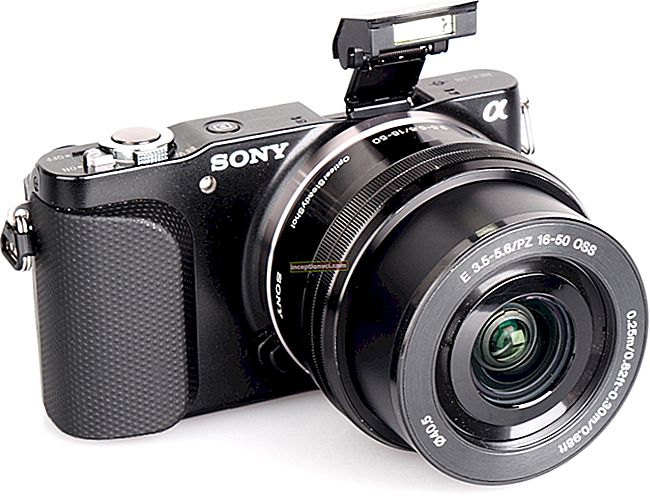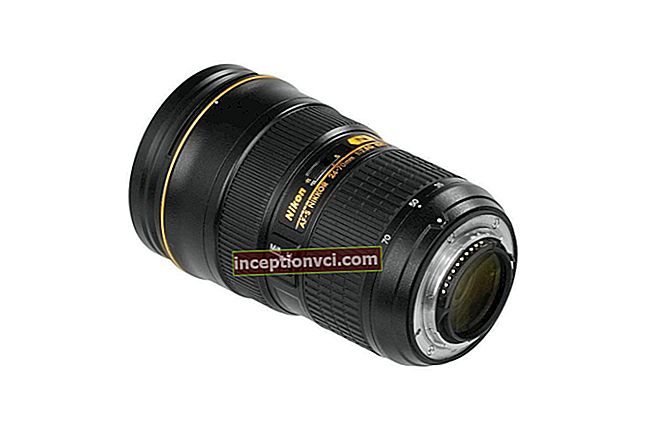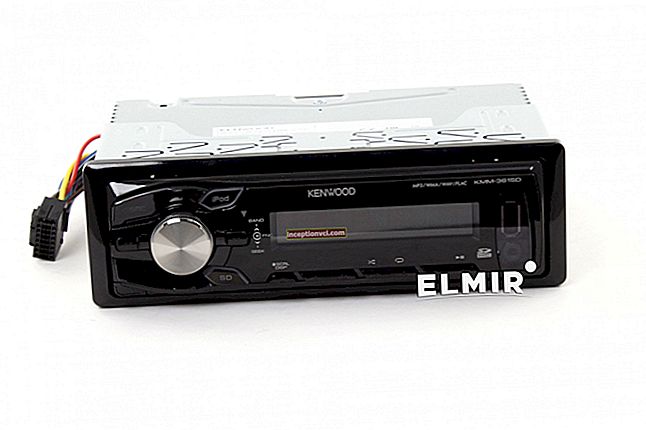In the XVI in England and France an interesting game arose without definite rules. They played a ball with feathers. Subsequently, a rubber ball appeared. Drawings of antiquity have survived, on which they played with rackets similar to those used in tennis. Then the game moved from the open areas to the premises. They played on the floor. Then on two tables located at some distance from each other. Then the tables were placed side by side. A net was pulled between them. Simple inventory and small size of the court made it possible to play anywhere. Table tennis continued to develop. In the 19th century, it appeared in Russia. In 1860, the "Cricket and Lawn Tennis" club was opened in St. Petersburg, but as before, they mainly played shuttlecock, rounders, tambourine.
The first rules of the game were created in England. One game up to 30, not up to 21 points, as it is now. The form of the participants was peculiar: women in long dresses, men in tuxedos. The further development of table tennis was activated by the invention of the French engineer James Ribs (1894). He introduced a celluloid ball into the game. The shape of the racket was gradually changing. Plywood appeared, the weight of which decreased by almost three times. The shortened handle made it necessary to grip the racket in a new way. Methods of pasting the playing surface began to be applied: parchment, leather, velor. The author of these modifications was the Englishman E. Rud.

At the turn of the twentieth century, the name of the game "Ping-Pong" was also determined. In England, ping-pong was recognized as a sport at the beginning of 1900 (the first official competitions were held). Subsequently, in 1901, a tournament was held in India (this is the first official international competition).
From England this game came to Austria-Hungary, then to Germany, Czechoslovakia. A Ping-Pong cafe was opened in Berlin. Subsequently, such clubs appeared in Vienna, Prague and other European cities. The accelerated spread of table tennis made it necessary to create an international organization and establish uniform rules of the game. This was done by Dr. Georg Lehmann (Germany). On January 6, 1926, the International Table Tennis Federation (ITTF) was founded. Its honorary chairman was Aivar montegu, a well-known English writer, public figure, who in the future became a laureate of the international prize "For Strengthening Peace on the Planet."
The first ITTF Congress and the first World Championship took place in London in December 1927. Athletes from England, Austria, Czechoslovakia, Germany, Hungary, Denmark, Sweden, Wales and India took part in the competition. The fight took place in four categories: singles - men and women, and doubles - men and mixed. In 1928, female couples already took part in the competition. Since then, the world championships have been held every two years and, in parallel, the European championship. The continental championships of Asia and Africa began to be held.
The next rise of this sport was observed in 1930-1931. A new group of strong athletes is emerging. In the former Soviet Union, the first official team city and intercity competitions are held in the 1920s. By that time, table tennis was not yet popular, as sports games were more common, as well as various paramilitary sports.Thanks to the rapid development of industry, the emergence of new materials that have found their application in sports, sports equipment is changing qualitatively. This, in turn, influenced the technique and tactics of the game. Its rules are changing.
The development of table tennis was also greatly facilitated by the emergence of porous spongy rubber, which began to be used as overlays on the playing surfaces of the racket.Before that, the game was played near the table with flat blows. With the advent of the sponge (1930), the game has improved. Due to the increased grip of the racket with the ball, it became possible to provide it with significant revs.
The trajectory of the ball's flight also changed. The opportunity has opened up to play more actively when the ball falls below the level of the table net. Defensive style players are forced to move away from the table and quickly return. The games are dominated by rapid movements, serial strikes. As a result, in 1936, ITTF decided to change the name of the game. Since that time, "Ping-Pong" has received the name "Table Tennis".
From now on, the first period, which was marked by simple technical elements (long-term rolls of the ball), was replaced by the next period of a board game, multifaceted in terms of attack and defense, but defensive style players were still strong at that time. It took a long time to win a point. There were cases when the game lasted 8 hours by Hagenauer (France) and Holdberberg (Romania) in 1934 and was stopped by the judges as the longest in the history of table tennis.

Changes have also taken place in the rules of the game: the height of the net has been reduced from 17 to 15.25 centimeters, and a standard has been set for the height of the playing surface of the table - 7 cm from the floor. A ban has also been introduced to twist the ball with your fingers.
All these changes gave significant offensive advantages, as a result, players of a new attacking style appeared (blows from the left, right, counterplay in the middle zone, etc.).
After the Great Patriotic War, the tennis movement in the former Soviet Union also became more active. In 1976, the first post-war intercity match Moscow - Uzhgorod took place in Moscow. Table tennis has become a favorite game in Russia, Ukraine, Lithuania, Latvia, Estonia, Moldova. In the Unified All-Union Sports Classification in 1949, it was already provided for the implementation of sports sections and the title of master of sports in table tennis. In 1950, the first All-Union tournament of the strongest tennis players took place in Moscow. Soon the second tournament will be held in Riga under the new international rules.
An important role in the development of tennis was played by international matches with teams from the GDR and Poland (1951). The new era of table tennis began in 1952. It is associated with the entry into the international arena of Japanese tennis players (the world championship in Bombay), chaki en only used a new racket cover, but also a peculiar grip that was unusual for everyone. And the game system turned out to be unusual too. In fact, the Japanese performed one basic element of the technique - the roll on the right, but it was brought to virtuoso precision. Thanks to this, almost without using other blows, they confidently won the victory. In 1961, at the World Championships, Japanese tennis players use a new blow - top spin (devil's ball from Tokyo).
At the same time, elements of lightning-fast actions appeared: "Typhoon" - in volleyball, "Ultra-Sia" - in gymnastics and a number of others.
The brilliant victory of the Japanese athletes caused a corresponding reaction from our tennis players, who rebuilt and improved their game system and soon upset the established balance. The next stage in the development of table tennis is the period associated with the acquisition of Ukraine's independence. Table tennis is once again becoming the most popular and "preferred" type of sports game system.
Table tennis equipment
"Field" for the game
Each game requires a specific location. In table tennis there is a special green table. Why green? Scientists have determined the effect of different colors on human well-being. Red is stimulating, blue is despondent, green is calming.In addition, a white ball began to stand out clearly against a green (dark green) background.

The table has a rectangular shape 2.74 m long, 1.525 m wide, 0.76 m high. Why are the sizes determined in tenths, hundredths and thousandths? The fact that the first rules for the game of table tennis were developed in England, where completely different units of measurement (not meters, but yards: not centimeters, but inches; feet, foot length, etc.) gave the above data in translation. White lines 2 cm wide are drawn along the edges of the table, a white line 3 cm wide divides the table into two halves.
Ball to play
Made from celluloid:
- diameter - 3.72 - 3.82 cm
- weight - 2.4 - 2.53 gr.

The racket and how to hold it
There are two ways of keeping (grasping):
- European grip when the racket is positioned horizontally;
- Asian, when the racket is held vertically (this method is called the "feather grip" because the racket is held with the fingers exactly like a pen with a feather when writing).
Which way to give preference? Both grips have their merits. European is convenient in that it allows you to play with both sides of the racket. In this case, the greatest effect is achieved when performing backhand strikes and when playing in defense. On the positive side, the grip does not need to be changed.

In the European grip, the handle of the racket is wrapped with three fingers, the index finger is extended along the edge of the racket, and the large one is located on the second, open side and slightly touches the middle one. This grip is best suited for a variety of offensive and defensive strikes.
There is a variant of the European grip that makes it easier to execute punches from the right. The index finger, which is closer to the center of the racket, helps the hand to significantly change the angle of the racket, which affects the characteristics of the hit.
A grip in which the athlete holds the index and middle fingers on the closed side of the racket increases the power of the blow, but leads to errors when playing from the left, as the ball often hits the fingers. This finger placement also limits the flexibility of the hand when hitting with a closed racket.
How to learn to play table tennis
What does "Ball Sense" mean?
This is the ability to instantly and accurately choose the angle of the racket. To do this, most highly skilled athletes move their index finger so that its end (pad) rests against the edge of the racket. This most sensitive spot controls the racket in an extremely sensual way. With the Pen grip, it is more convenient to hit the balls flying close to you. Applying the Asian grip gives you much more flexibility for the brush.
The method of grip, in which the thumb and forefinger are aligned, improves hand mobility, but reduces the force of impact. And the way in which these fingers are spread wide and limit the mobility of the hand increases the force of the blow, but its technical capabilities are limited. Variants of non-symmetrical arrangement of fingers are also possible. Moving your index finger closer to the handle greatly increases the force of the impact. With emphasis on the thumb, it is convenient to perform undercuts. Getting close to the thumbstick is convenient for trimming, but limits the ability to hit backwards on low and short balls.
How to play table tennis correctly
The basic rules of the game have not been drawn up. In a simplified form, they boil down to the fact that the ball flew over the net and hit half of the opponent's table. The ball is brought into play by innings. They are performed alternately, five times in a row by each player. The game continues until one of the opponents scores 21 points, and the opponent has at least 2 points less. For example: 21:19. If the score is 21:20, then the game goes to 22:20, etc.The player performs a return kick only after the ball has bounced in his own half. If this condition is not met, then the point is lost - the opponent will win it.
These are the initial requirements. But the practice of holding competitions shows that these rules are not enough to solve all conflict situations. Such controversial issues as determining the correctness of the reception when the ball hits the edge of the table, the permissible limits of movement of partners, the placement of players, etc.
Table tennis can be played one-on-one (singles), or two-on-two (even meetings). They, in turn, are divided into: male, female and mixed.

For competitions of various levels, a regulation is always developed that determines the number of participants, their level of training, age, competition conditions, determination of winners, awards, etc.
We have approved the following age groups:
- children - 10 - 12 years old;
- teenage - 13 - 14 years old;
- junior youth - 15 - 16 years old;
- senior youth - 17 - 18 years old;
- group of juniors - 19 - 21 years old;
- group of adults - 22 years old and older.
Older age group:
- men over 40;
- women over 35 years old.
Depending on the scale of the competition (city, regional, republican), the minimum dimensions of the playing area (from 7 m) ´ 4.5 to 14 ´7.75 are set. At large-scale competitions, the height of the room is especially determined (not higher than 4 m). This requirement is due to the emergence of such a technique as twisted candles, when the ball flies high over the net.
The game begins with a serve. It is performed as follows: the ball thrown from an open palm is hit with a racket so that it bounces off its half of the table, flew over the net or on the side of it and touches the table on the opponent's side. Regardless of where the server is standing, the racket and the ball must be behind the back line of the table and its imaginary extension when serving. On this occasion, disputes often arise: is the server standing there?
It is necessary to remember: the rules do not provide for any restrictions on the location of the player when fulfilling the serve. The athlete can go beyond the extension of the trailing edge of the table, but it is prohibited to bring the racket and the ball behind it. It is also forbidden to toss the ball in a direction other than 450 from the vertical. This requirement was introduced so that it was impossible to twist it with your fingers.- The service is lost if the ball is served on the move; if the server drops or catches the ball tossed for service; if it misses on impact.
- The serve is replayed if, before falling to the opponent's side, the ball touches the net and will be reflected by the receiver from the fly.
- The service will necessarily be replayed if the receiver out loud, or with a raised hand to hit the server, declares that he is not ready to play.
- Regarding the location of the host, the current rules do not provide for any restrictions. He can stand anywhere.
- The point is played from the moment of service and continues until the ball flies from one side of the table to the other. The reflected ball must necessarily touch the playing surface of the table on the opponent's side.
The ball can be deflected with any part of the racket. The racket is allowed to shift from one hand to another, hold with both hands. The ball can also be hit with the hand that holds the racket.
A player gets a point if his opponent makes one of the following mistakes:
- will incorrectly serve;
- takes off, touches the ball with the racket or the hand that holds the racket;
- will serve the ball past the playing surface of the table on the opponent's side;
reflects the ball, touches the racket more than once;
- reflects the ball with a racket released before hitting from the hand;
- touches the ball during a rally with any part of the body above the table (except for the hand that holds the racket);
- during the rally, the point touches the net or its rack, or the table on the opponent's side with any part of the body;
- does not have time to correctly reflect the ball sent to him after the first bounce on his side;
- touches the playing surface of the table with his free hand;
- will move the table or its lid.
The ball is in play after a correct service or deflected after the first bounce on the opponent's table until at least one of the above rules is violated (excluding the rules relating to service).
Continuation of the game
There are two principles of meetings:- in a round robin system, when each participant in turn meets with all other participants;
- according to the elimination system, when after each round the number of participants is halved. This system is also called the Olympic system.
- If the competition is held in a round robin system, the right to select the game indicator is given to the athlete whose number is indicated first.
- If the competition is held according to the Olympic system, a draw will be held.
- The one who received the right to choose can choose to serve or receive the service (in this case, the opponent must choose the service or receive the service), or give the opponent the right to choose.

The right to start the game makes it possible to immediately seize the initiative, to set your own tone for the fight. The game consists of five or three parties. This is due to the situation. The point is played with the service. The error gives a point to the opponent. After every five points, the server becomes the receiver and the receiver becomes the server. Starting from a score of 20: 20, the order of service changes after each point.
After each game, the players exchange sides and the order of service.
In the decisive set (third or fifth), the players exchange sides after one of the opponents has won 10 points.
If during the meeting the order of service is violated or in the decisive set the change of side was not made in a timely manner, the error must be corrected after the end of the first point. All points that are played for the correction of an error are counted
In meetings with the expiration of five games after the third (in meetings of children and adolescents from three parties - after the second), at the request of one of the participants, a five-minute break may be provided.
In addition, short-term stops (no more than 5 minutes) are allowed in cases where the net is damaged, the ball is spoiled, and the athlete is injured. If he is forced to see a doctor, then the break is increased to 10 minutes. An interrupted or postponed game starts from the account on which it was stopped, under the same conditions of time control and placement of players at the table.
Pair games
In doubles games, serves are performed as in singles, but they differ in that the ball from the beginning touches the right side of the table on the side of the server (or center line), and then, flying over the net, or to the side of it, hit the right half ( or center line) of the receiving table. So the ball should fly diagonally.
If this rule is violated, the serve will be lost.So, after the start of the game, each player takes turns hitting the ball in the specified sequence until the point is scored. The ball reflected in the wrong turn is lost.
The couple that starts the game decides who will serve first? The rivals do the same. The placement of the players for the sequence of reception in the first set is determined by the pair that receives the ball.
At the end of each series of five balls, the serving player's partner moves to the receiving player's seat.
When the score is 20: 20 and further, the seats of the hosts change accordingly. Before the start of each set, the referee must announce the names of the server and receiver. In the same sequence as in the first game, the first half of the third game (for meetings of three games) and the first half of the fifth game (for meetings of five games) are played. In the second and fourth sets, the formation must be changed from the first and third sets.At the same time, in the second and subsequent sets, each player of the pair has the right to perform the first serve. When changing sides in the decisive (third or fifth) sets, the receivers must change the alignment. If partners have violated the order of serving or receiving the ball, the referee must stop play and restore order. all points are played to this point. If a violation of the first rule is discovered by the participants, then they have the right to declare this only after the point has been played.
Feed
Skillfully and efficiently, the serve allows you to seize the initiative from the first blow, shackle the opponent's actions or even immediately win a point. The feeds can be conditionally distributed as follows: the feed, which is called a "pendulum". When performing this serve, the hand makes a semicircle, moving down to the side, then up to the side. As with straight serve, the stance of the player depends on whether the racket is hit with the open or closed side of the racket.
There is a feed called "shuttle". It is characterized by a reciprocating motion, in the middle of which an instant stop of the racket is made, after which it begins to move in the opposite direction. The ball is hit either towards the stop or immediately after it. Depending on this, the ball can be given one of the opposite movements in the direction of movement. There is also such a serve as a "fan" in which the hand describes a semicircle, directed with the convex side up. The ball is hit at the highest point of the trajectory, at its beginning or at the end. This determines the top, side or bottom spin of the ball.
The shuttle and fan feeds are among the most difficult.
Hitting the ball
In modern table tennis, dozens of different strokes are used, among which there are the main ones:
- Reeling with an open racket (right). The purpose of this main attack hit is to ensure that the ball hits the target with high accuracy. The necessary steepness of the trajectory is achieved by the fact that the ball is provided with the upper revolutions. At the same time, the racket moves up and forward and strikes the upper side of the ball (in the case of its upper revolutions with the upper spin (roll) or the lower (trimming).
- Brief roll-forward. The blow is performed with a swift movement of the hand as the ball takes off, which has not reached its highest point.
- Long roll-off. A type of hitting is a case in which the contact between the ball and the racket occurs relatively far from the rear edge of the table. Unlike a short roll, the ball is hit not so sharply and swiftly, but more force is put into it. Using this method, a blow is applied to the ball, which is lowered.
Hitting a ball that bounces well above the net is called a candlestick shot. In this case, it is best to execute when the ball reaches its highest point of take-off. At the moment of impact, the racket is overhead. At the same time, the arm is somewhat bent and strikes backhand.
- Roll with a closed racket (left with European grip). The movement of the ball is the same as when rolling on the right. The necessary rotation of the ball is provided by the up-and-down movement of the racket.

- Open racket trimming. The main task of this technique is to return the ball to the opponent's side, giving it low revs and a low trajectory. This technique is used for defense.
- Closed racket trim (left with European grip). Its purpose is the same as trimming on the right. The only difference is that the arm begins to move, already bent at the elbow, and the main movement is performed with the forearm and hand.
- Top spin on the right. The main purpose of this attacking move is to give the ball super-strong spin. Its speed is much higher than when rolling, which complicates the opponent's response actions.
- Top spin left (with European grip). They use the case much less often.
Twisted candle. The ball is placed on the racquet when the handle is below the belt. The racket moves up, forward, to the side.At first, she would accompany the ball, which flies away from her when the racket reaches chest level. It is more convenient to perform this technique than to the left, since it is easier for an athlete to control the movement of an open racket.
- Flat blow. When performing this stroke, the racket is at right angles to the direction of its movement. Due to this, the ball will rotate if from rotation before hitting and will not rotate if it did not rotate.
Game tactics
The term "TACTICS" means the correct and expedient use of one's forces, taking into account the forces of the enemy.
There is an inextricable link between tactics and technique. The more the arsenal of techniques, the higher the level of their implementation, the easier it is for an athlete to think out complex combinations and successfully bring them to the end. Conversely, the need to master a certain technique forces the player to work on raising the level of the individual components of this technique.
Attacking style players prefer coasting or top-spinning from one or both sides and usually act in the near zone. Using various combinations of blows (overwhelmingly with overhead spin), they try to force the opponent to lose a point or give a high ball for their accurate finishing blow. If the enemy himself inflicts attacking blows, then they try to respond with a counter roll, playing in a counter attack.
Defensive-style players take more balls by undercutting, giving them lower revolutions. To meet strong blows, they are forced to move away from the table to the middle and far zones. Their task is to apply a variety of undercuts, giving the ball one or the other turns, constantly changing the direction of the ball's flight from one corner to another, forcing the opponent to make mistakes, and got carried away by the attack.
For practical training, a number of combinations can be recommended that will significantly expand the athlete's tactical arsenal.
- Combinations used by the attacker against the attacker.
From the middle zone, respond to enemy strikes with light rolls. Then choose a comfortable ball and swing the ball straight into your opponent.
If the opponent is counter-offensive, reinforcing the ball with a short roll for a strong finishing blow, then you should suddenly approach the table and deliver a swift blow.
After a strong blow to the deep to the right, the date shortened the ball to the same place, and then a blow from the right to transfer the ball to the opponent's left corner. Respond to an opponent's blows with short counterattacks or a stand, trying to direct the ball towards the opponent, forcing him to give a high ball.
- Combinations that are used by the attacker against the defender.
After strong top-spins with a shortened ball, "pull" the opponent to the table and kick the right kick into him.
Carry out a series of top spins on the right from your left corner to the opponent's left corner, and then make the final blow in a straight line to the opponent's right corner.
Alternating coasting strikes with shortened ones, carry them out several times in a row to tire the opponent. And then, when, after reflecting the balls at the net, he does not have time or does not want to move away from the table to strike directly at him.
Trim a few balls, pick a good one, and execute it as fast as possible. After a series of slow but strong top spins, roll forward with a movement similar to a top spin. A series of top spins directed in different directions of the table to force the defender to play high, and then finish off.
- Combinations used by the defender against the attacker.
After a series of low balls aimed at places that are not comfortable for the final hit, give a very heavily undercut slightly inflated to the right. Having received such a "comfortable" ball, the striker, as a rule, hits it into the net.
With a series of low cut balls aimed at the right half of the opponent's table, force him to move from the middle of the table to continue the attack, and then from his left or right corner to counter-strike the unprotected zone left by the opponent.
The counterstrike can be replaced by a clipping. Change the strength of the ball's bottom spin by applying a cropping. To do this, after a series of heavily cut balls, give one low with almost no rotation. An absent-minded attacker tends to steer it under the table or overstate it unacceptably.
- Combinations used by the defender against the defender.
After a series of low-cut balls give the opponent a highly inflated, comfortable hit. Himself at this time to prepare for the execution of a retaliatory strike or a reliable reception of the ball. The purpose of the combination is to make the opponent make a mistake, to provoke him to play in an attack that is unusual for him. After a long series of almost identical clipped balls, make a strong hit or top-spin directed to an inconvenient place for the opponent (right into him or into an unprotected corner, etc.).
After a series of undercut balls, perform a few kicks with side rotation. In this case, the opponent, as a rule, sends an inflated ball, convenient for the final blow.
Useful article: "Table Tennis Exercises (Students up to Grade 5)"

